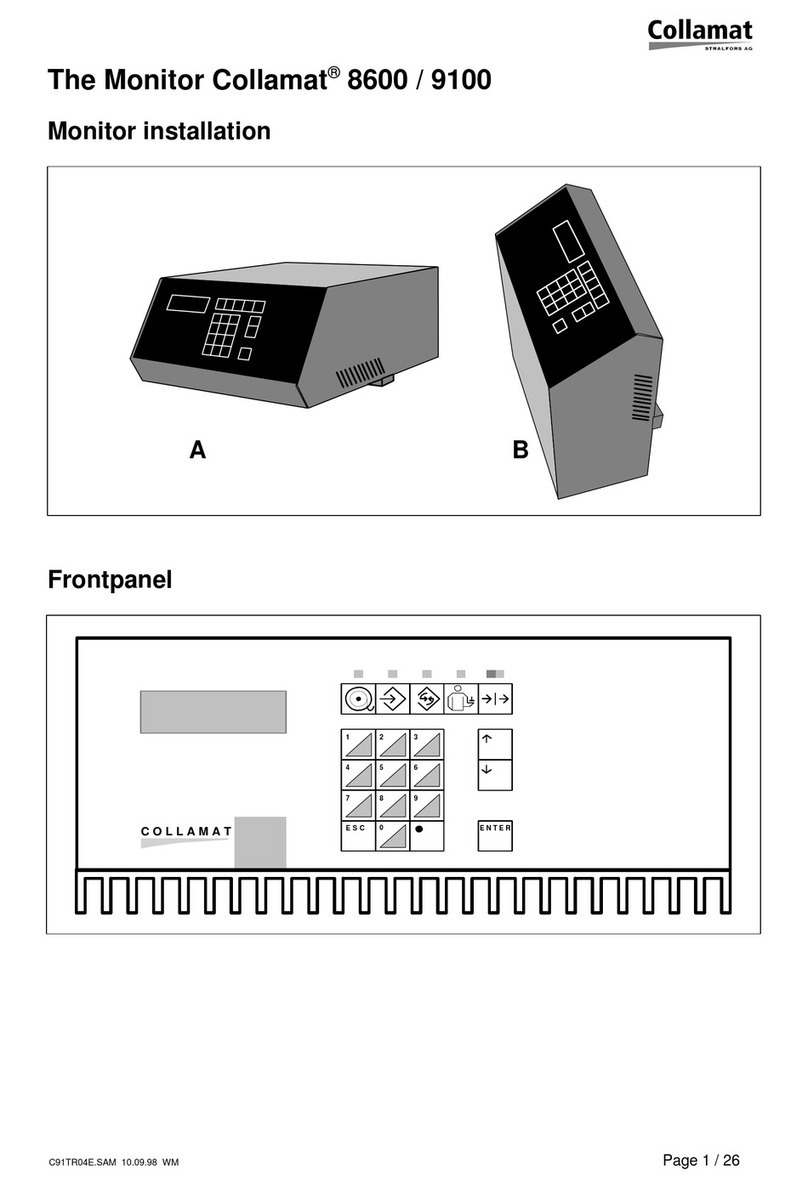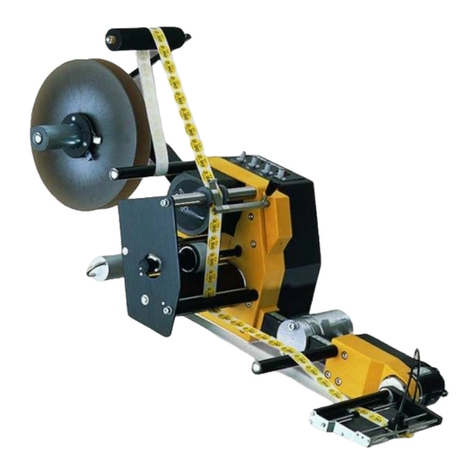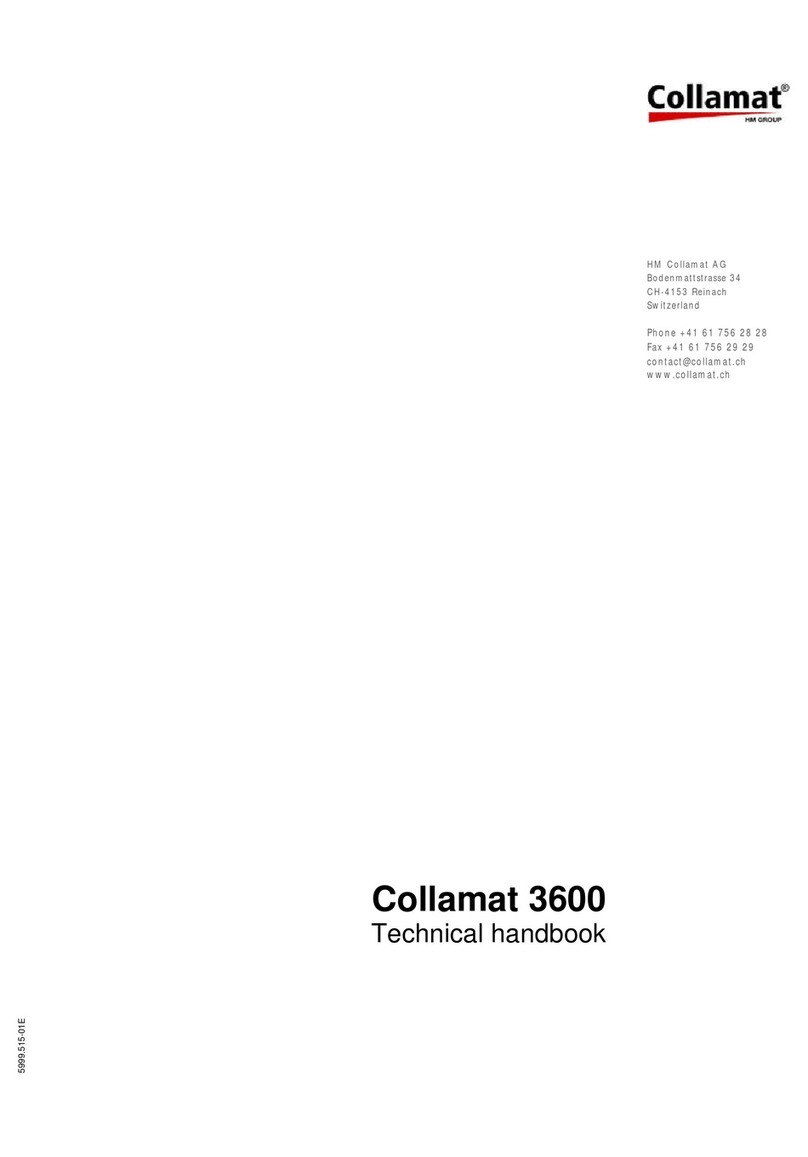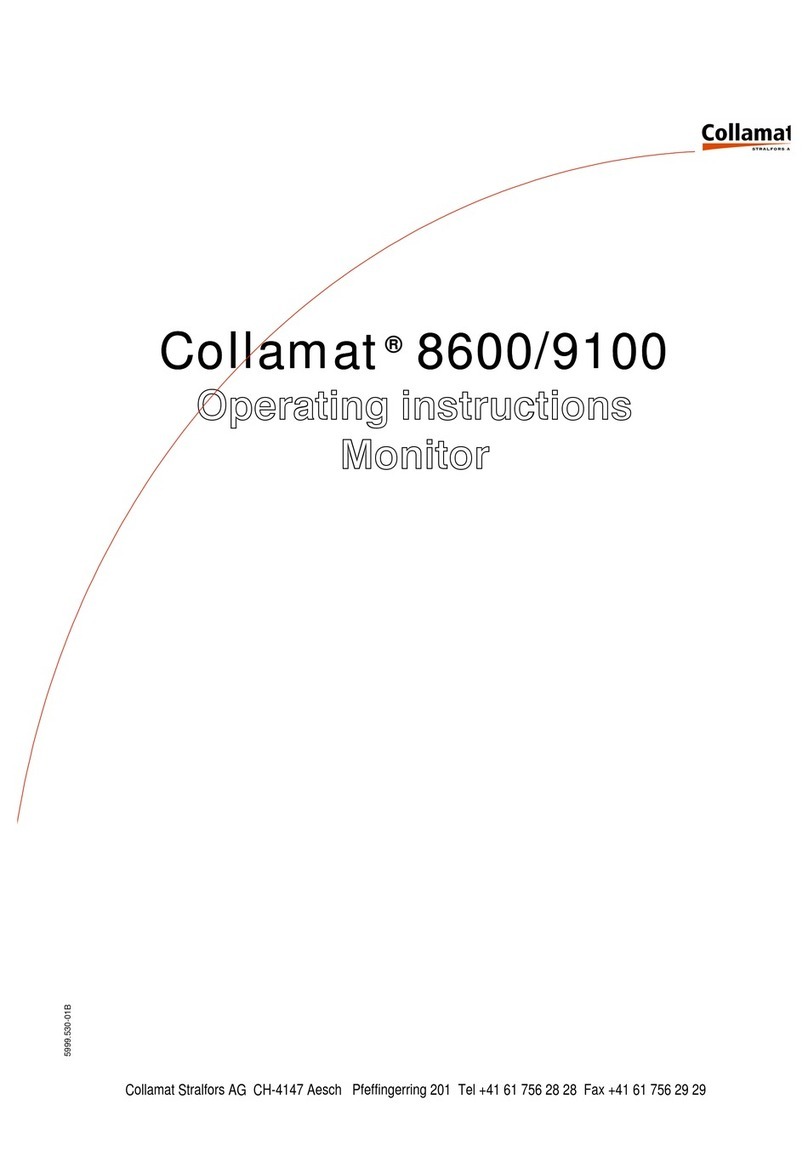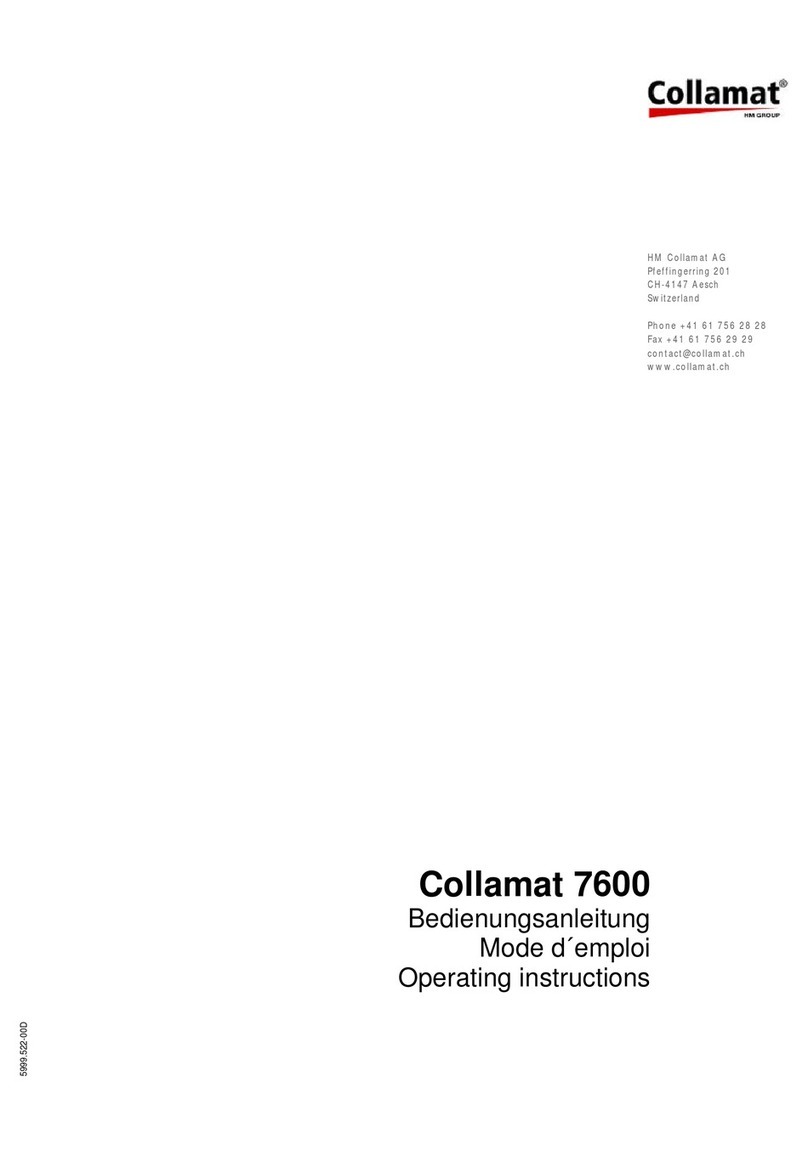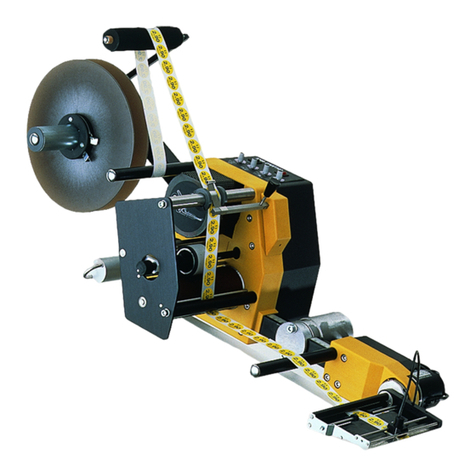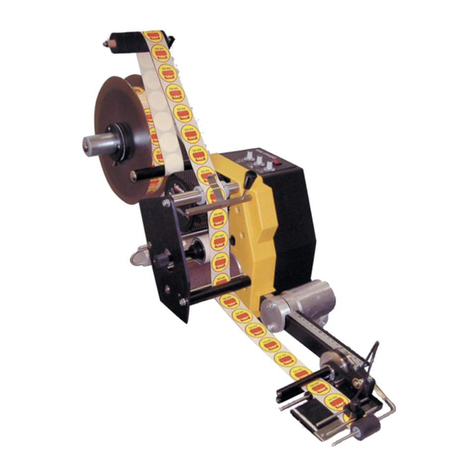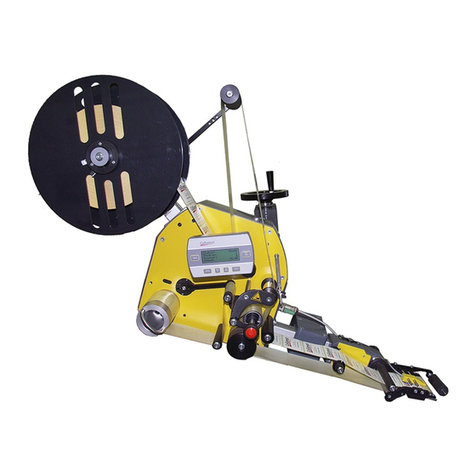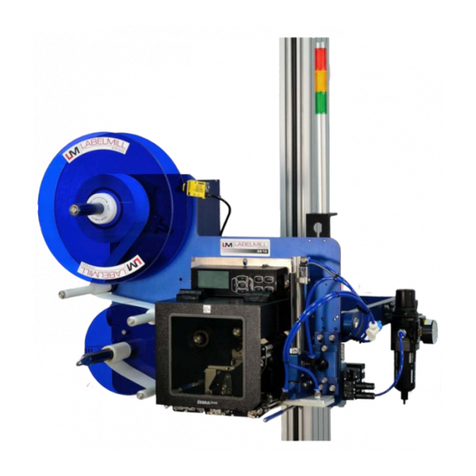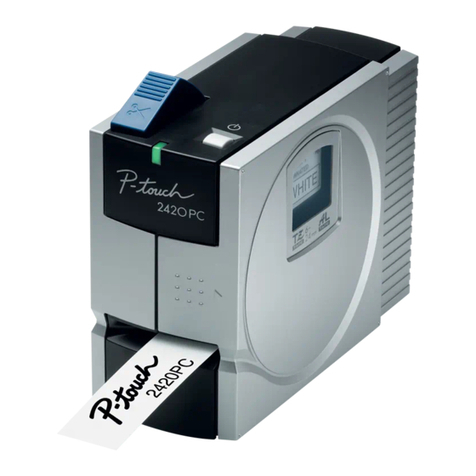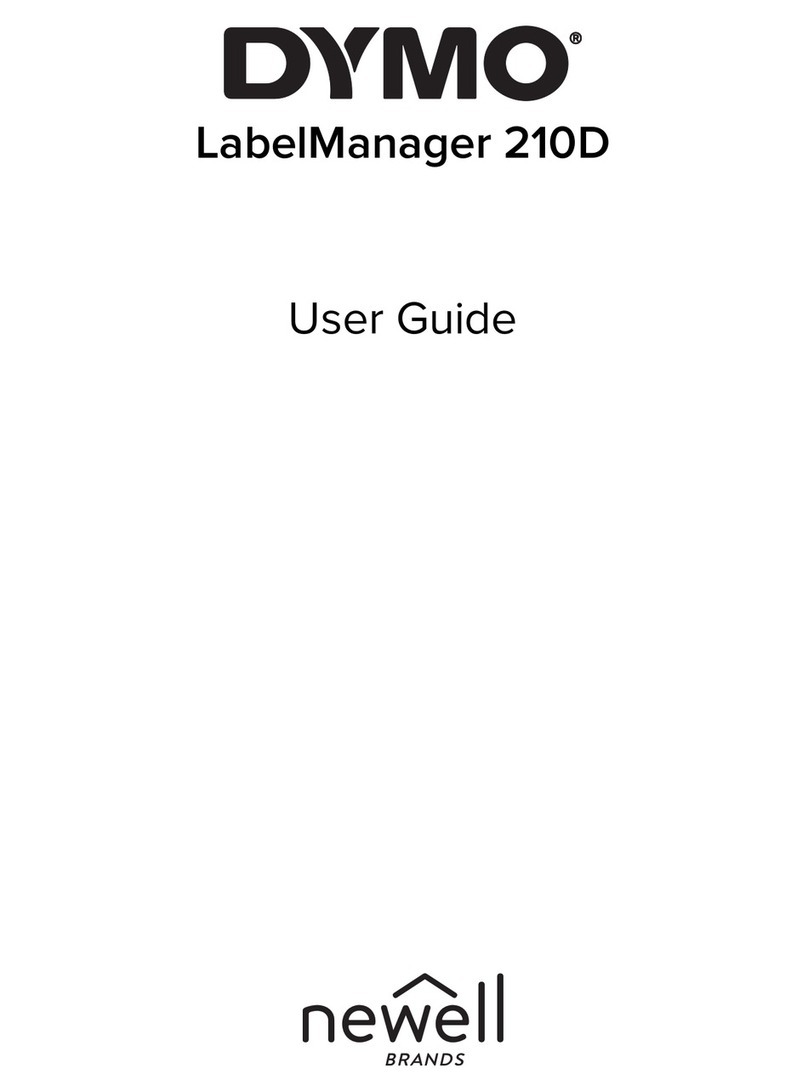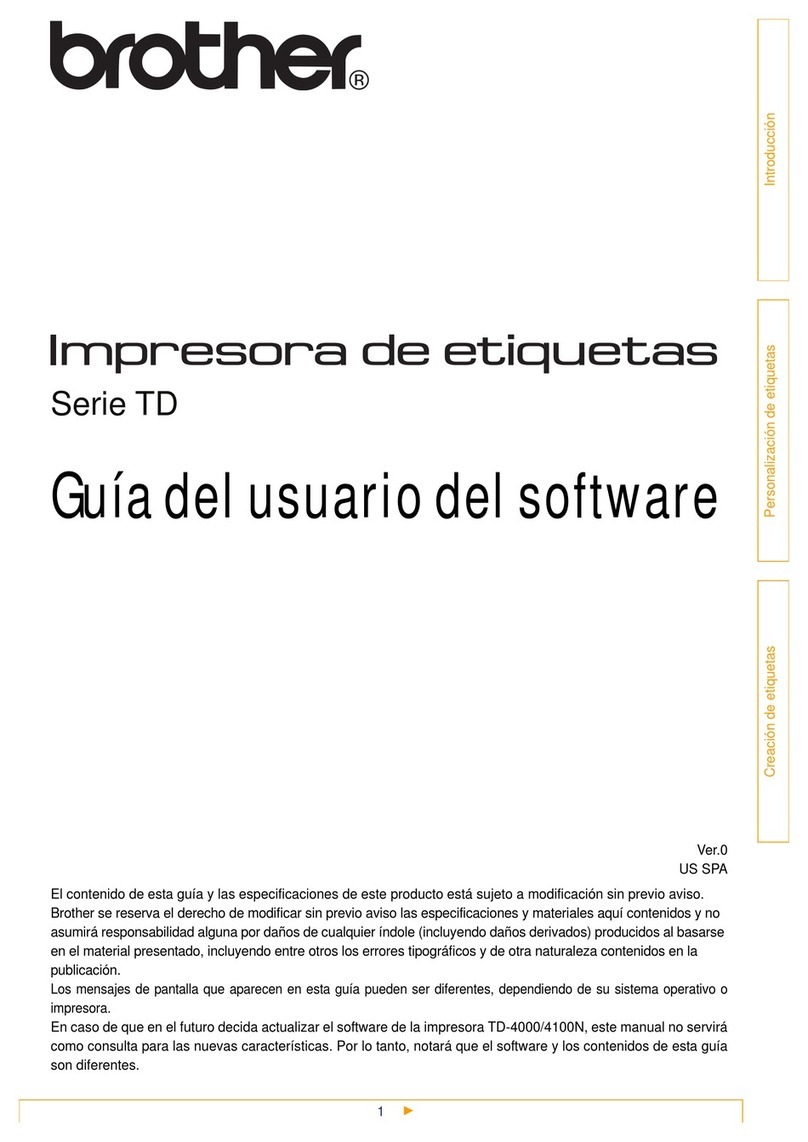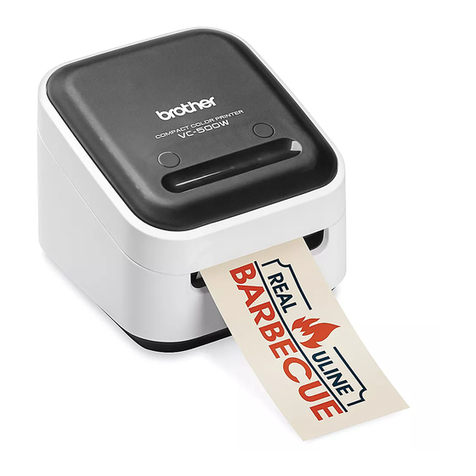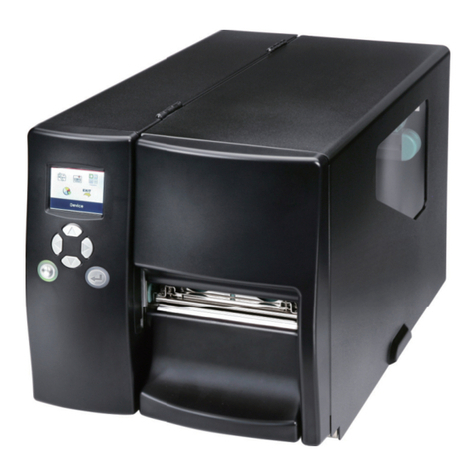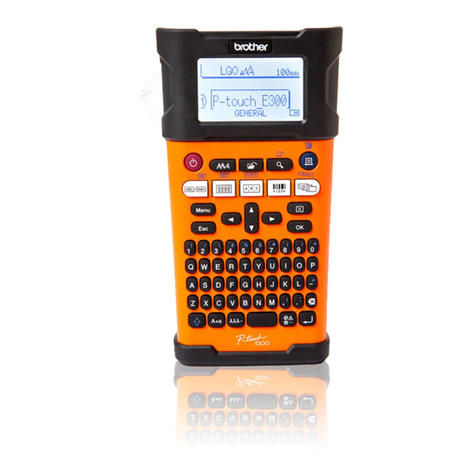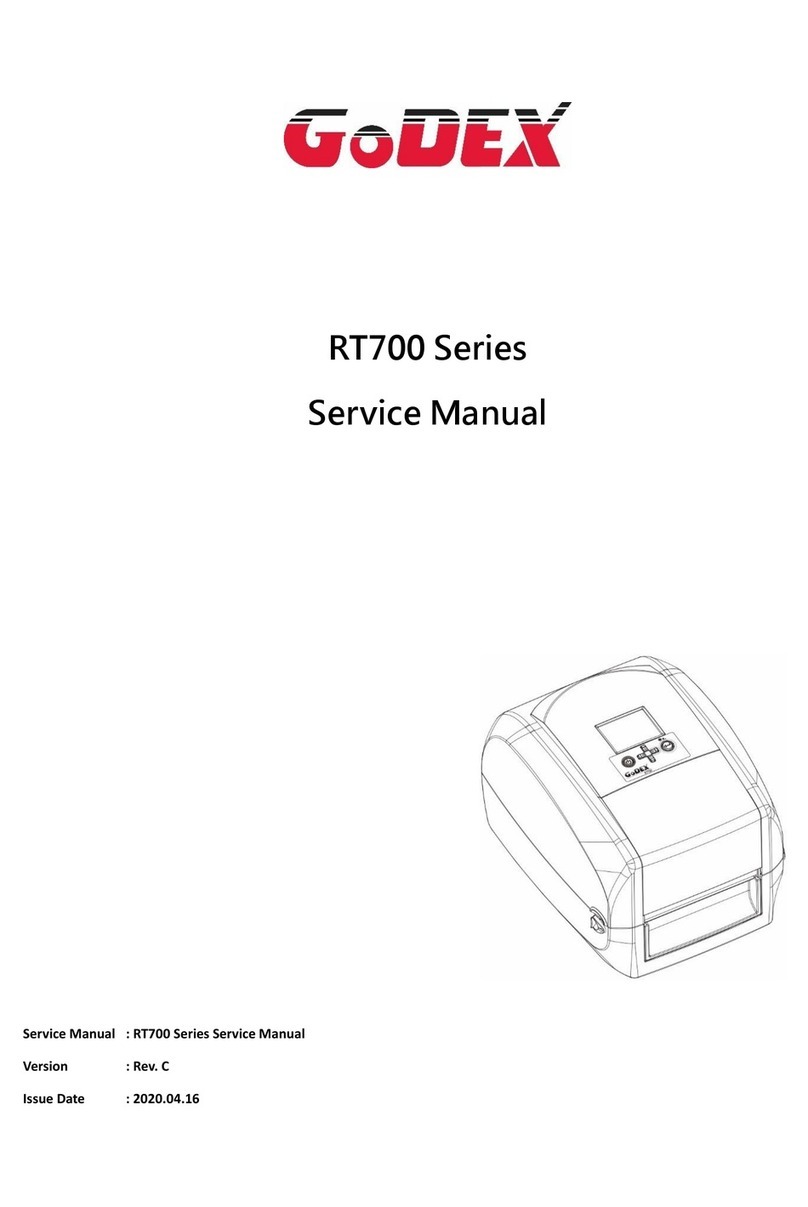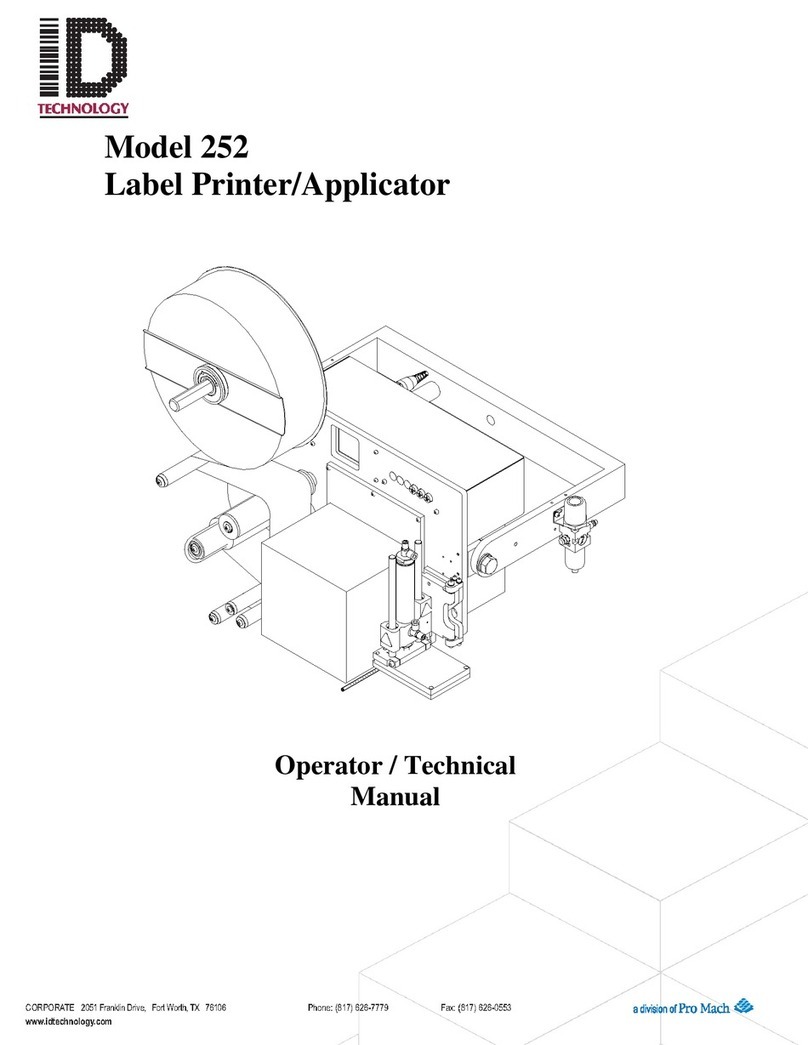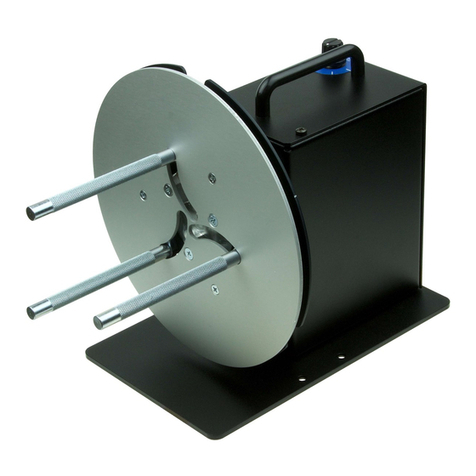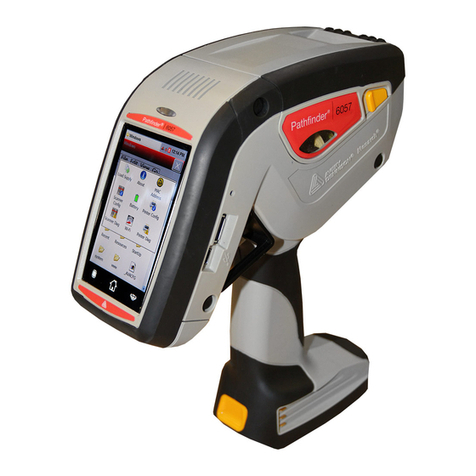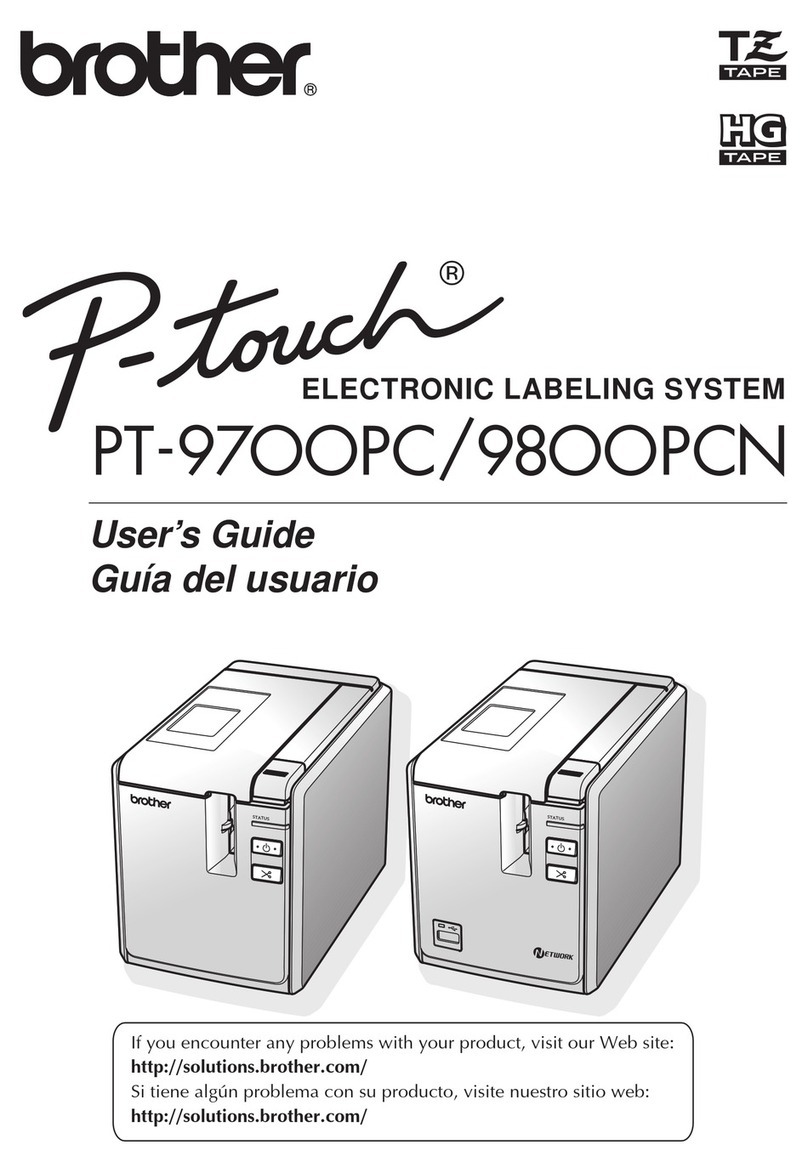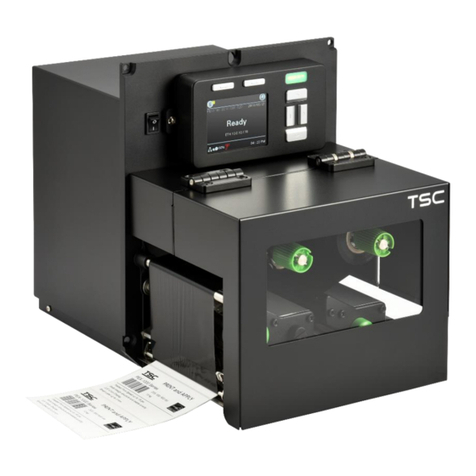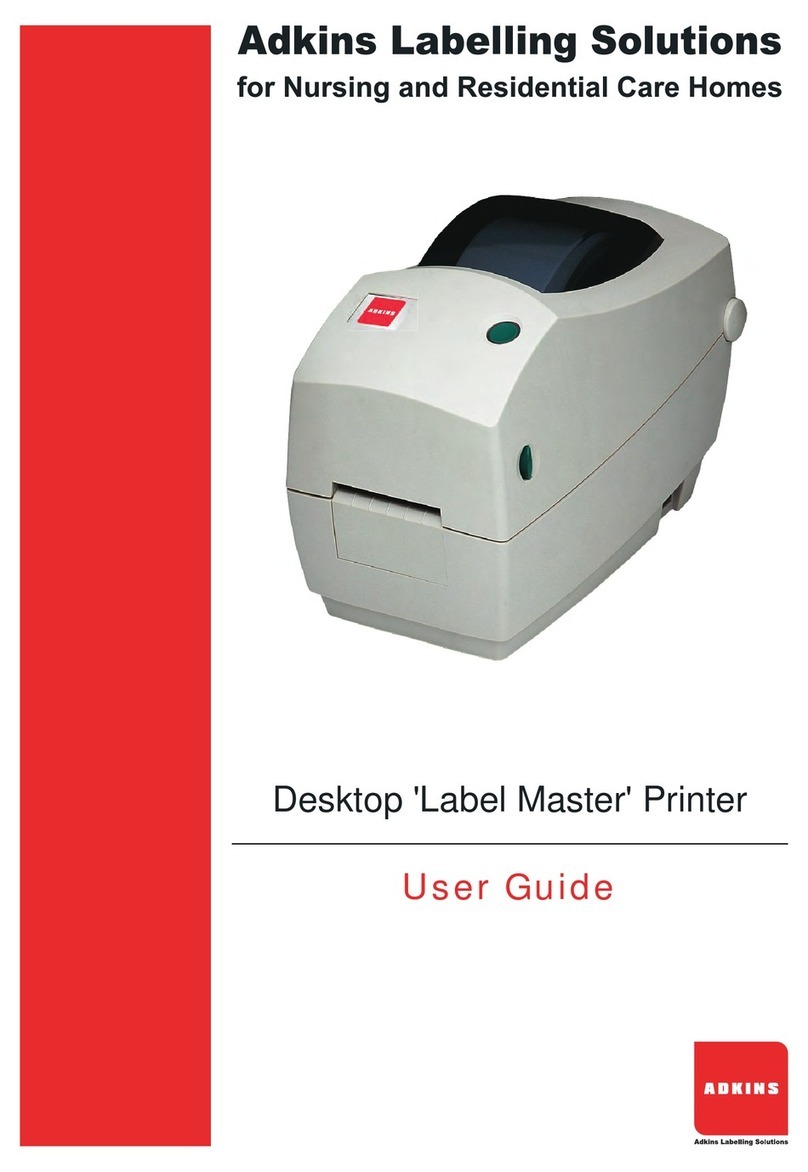
Etiprint Inline
0HContent
3
1 General....................................................................................5
1.1 Information on these Operating Instructions..................5
1.2 Symbol explanations......................................................6
1.3 Limitation of liability........................................................7
1.4 Copyright protection.......................................................7
1.5 Spare parts ....................................................................8
1.6 Guarantee provisions.....................................................8
1.7 Customer service...........................................................8
1.8 Manufacturers declaration ............................................8
2 Safety ......................................................................................9
2.1 Intended use ..................................................................9
2.2 Responsibility of the operating company.....................10
2.3 Operating personnel ....................................................11
2.3.1 Requirements ...............................................11
2.3.2 Unauthorised persons ..................................12
2.4 Personal safety equipment ..........................................12
2.5 Work safety and special hazards.................................13
2.6 Conduct in dangerous situations or accidents.............17
2.7 Safety equipment.........................................................17
2.8 Securing against re-starting.........................................18
3 Technical data ......................................................................19
3.1 Dimensions of the Etiprint and monitor........................19
3.2 Technical data..............................................................20
3.3 Emissions.....................................................................20
3.4 Weight..........................................................................20
3.5 Performance values.....................................................21
3.6 Label roll dimensions ...................................................21
3.7 Mounting ......................................................................21
3.8 Name plate...................................................................21
4 Design and function.............................................................22
4.1 Equipment overview ....................................................22
4.2 Variants........................................................................23
4.3 Equipment design ........................................................23
4.4 Function .......................................................................23
4.5 Operating and display elements ..................................24
5 Transport, packaging and storage .....................................25
5.1 Safety information for transporting ..............................25
5.2 Symbols on the packing...............................................25
5.3 Transport inspection ....................................................26
5.4 Transport......................................................................26
